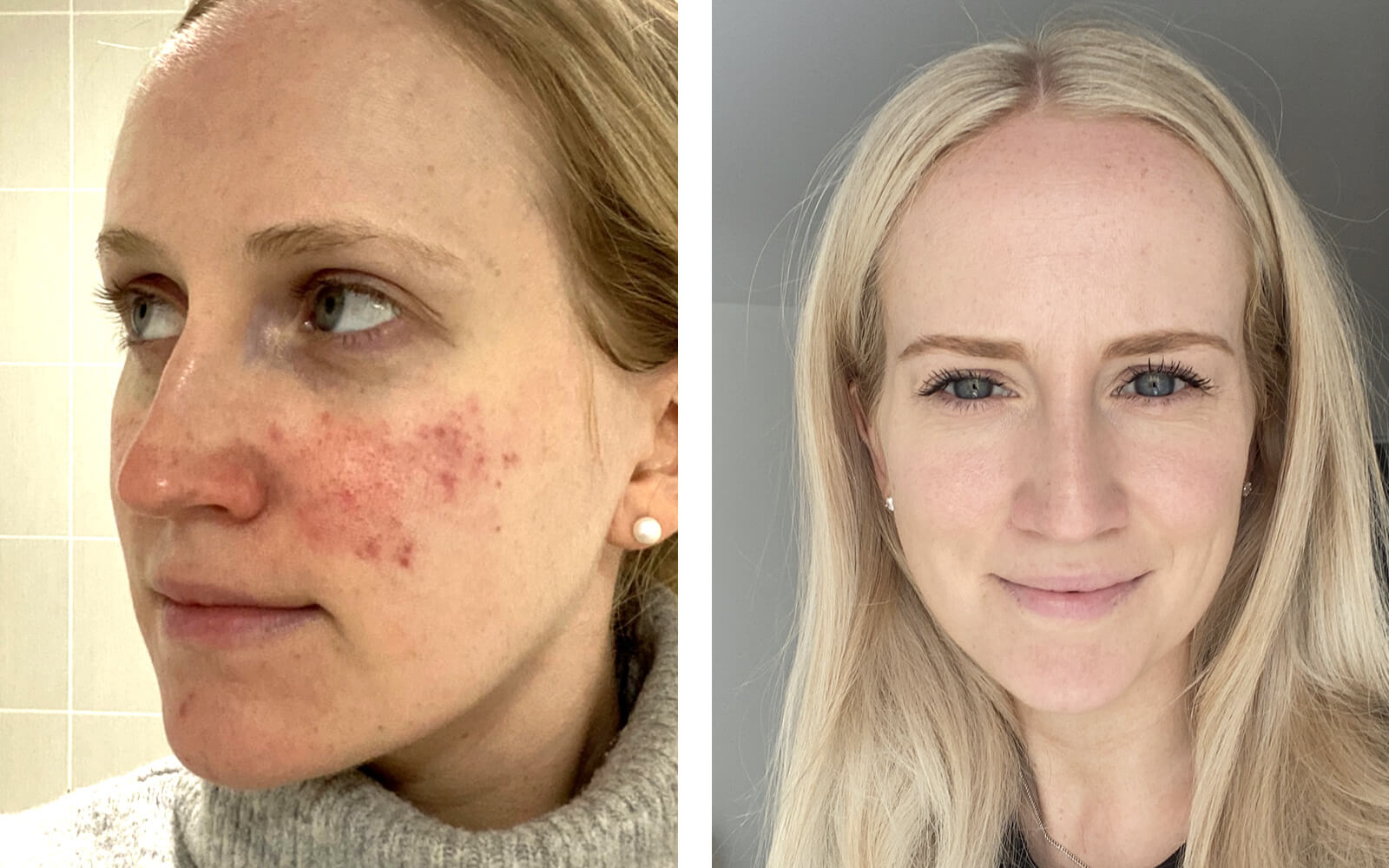 While a conspicuously red face often signals the first appearance of rosacea, the papules and pustules that often follow are a significant cause of embarrassment, anxiety and depression, according to recent studies.
While a conspicuously red face often signals the first appearance of rosacea, the papules and pustules that often follow are a significant cause of embarrassment, anxiety and depression, according to recent studies.
“Rosacea is now understood to be part of an inflammatory continuum, and the initial erythema often progresses to include papules and pustules,” said Dr. Linda Stein Gold, director of dermatology clinical research at the Henry Ford Health System. “The good news is that there are new treatments effective against these debilitating signs, and more sophisticated formulations of traditional therapies are now available that make it easier than ever to use on rosacea’s sensitive skin.”
One such treatment is benzoyl peroxide (BPO), a medication long used to treat acne that can cause dryness and irritation in the sensitive skin of rosacea. In a new microencapsulation formulation, BPO is now wrapped in tiny silica shells that provide a barrier between the skin and the drying medication and allow for its gradual release. It is available by prescription as a cream in a 5% formulation, and is applied once daily.
A new topical foam formulation of minocycline, sometimes prescribed orally for rosacea, allows the antibiotic to target bumps and pimples in a once daily regimen. Ivermectin cream is an anti-inflammatory and anti-parasitic agent in a topical preparation that also can be applied once daily.
In addition, azelaic acid, metronidazole and sulfacetamide sodium/sulfur are long-established topical therapies available in a variety of formulations, including creams, gels and cleansers.
Recent studies have shown that patients with moderate to severe rosacea had a greater proportion of negatively affected quality of life, a higher probability of anxiety and depression, and more severe anxiety and depression, according to one study.1 In a comparison between rosacea, acne and seborrheic dermatitis patients, those with rosacea had the most negative impact on their quality of life, and the severity of social anxiety caused by overall appearance was highest in rosacea patients.2
“Better management options than ever are now available, and individuals with any of the signs and symptoms of rosacea should consult their dermatologist,” said Dr. Stein Gold. “With the help of their physicians, patients can shed the emotional burden of the facial disorder and find the path to clear skin.”
References:
1. Yang F, Zhang Q, Song D, et al. A cross-sectional study on the relationship between rosacea severity and quality of life or psychological state. Clin Cosmet Investig Dermatol 2022;15:2807-2816.
2. Ozcan Y, Sungur MA, Ozcan BY, et al. The psychosocial impact of chronic facial dermatoses in adults. Dermatol Pract Concept 2023;13(1):e2023029.